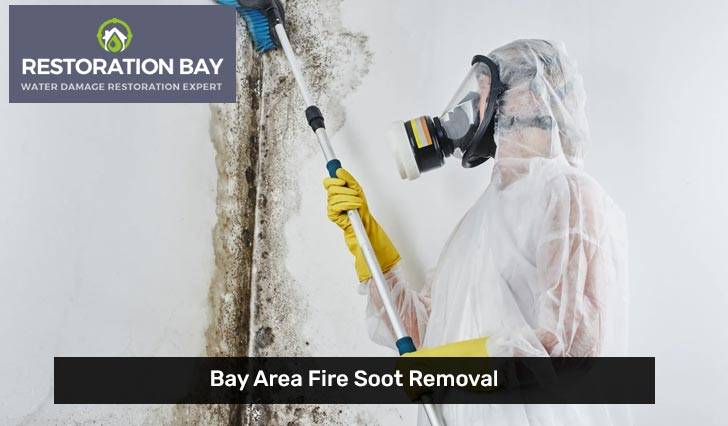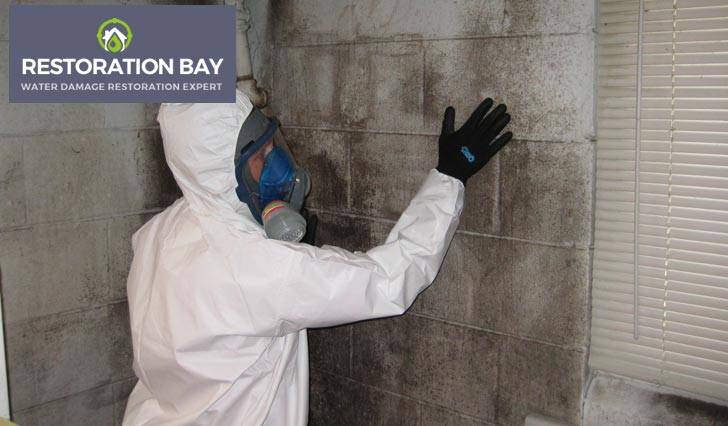- 24/7 Water Damage Emergency
- Direct Insurance Billing
A structured Bay Area fire soot removal service provides assistance to households and businesses affected by fire residue and related damage.

Many homeowners encounter persistent odors, staining, and respiratory concerns following a fire event, even after the flames have been extinguished.
That’s why we promptly address these challenges by utilizing advanced techniques and equipment to thoroughly clean and restore affected areas to rejuvenate your property and bring peace of mind.
When it comes to fire aftermath, many underestimate the challenge of Bay Area fire damage restoration. Believe us, tackling it yourself is a risky endeavor. Here’s why:
Understanding soot types is key for proper removal. Here’s a brief overview:
Navigating insurance after a fire event is daunting. Here’s our guidance for managing claims related to fire soot removal.

We recognize that fire soot removal goes beyond routine cleaning— it’s a commitment we make to help you in Bay Area restoration and rejuvenate your cherished spaces. Together, let’s navigate the factors that shape the investment in this indispensable service.
| Factor | Description | Implications on Cost |
| Size of the Affected Area | Scope matters with larger areas requiring more resources. Time and effort increase with size. | Bigger spaces typically incur higher costs due to longer work hours and more resources used. |
| Severity of the Damage | Damage varies from light soot to thick layers. Treatment technique depends on damage depth. | Heavier damage often needs intensive treatments which can raise the cost. |
| Required Tools and Materials | Use of state-of-the-art tools and sometimes additional materials like sealants or deodorizers. | Quality tools and additional materials factor into the final cost. |
Don’t let fire soot stand between you and the sanctuary of your cherished space. With our expertise and commitment, we’ll restore both the beauty of your property and your peace of mind. Reach out today and let’s rejuvenate your home together.
In the Bay Area, with its unique climate and conditions, we recommend addressing fire soot immediately after any fire event. Regular property checks for unseen residues are also advisable.
Unchecked fire soot can lead to respiratory issues, skin irritations, and, in some cases, more severe health complications due to prolonged exposure.
Absolutely. Over time, fire soot can corrode metals, deteriorate wood, and stain walls, causing lasting damage to property.
The duration varies based on damage severity and property size. We always aim for efficiency without compromising thoroughness.
Common signs include a persistent smoky odor, dark residue on walls or ceilings, and increased respiratory or allergy symptoms among inhabitants.
Fire soot is the residue from incomplete combustion, while smoke damage refers to the discoloration and odors left behind by smoke.